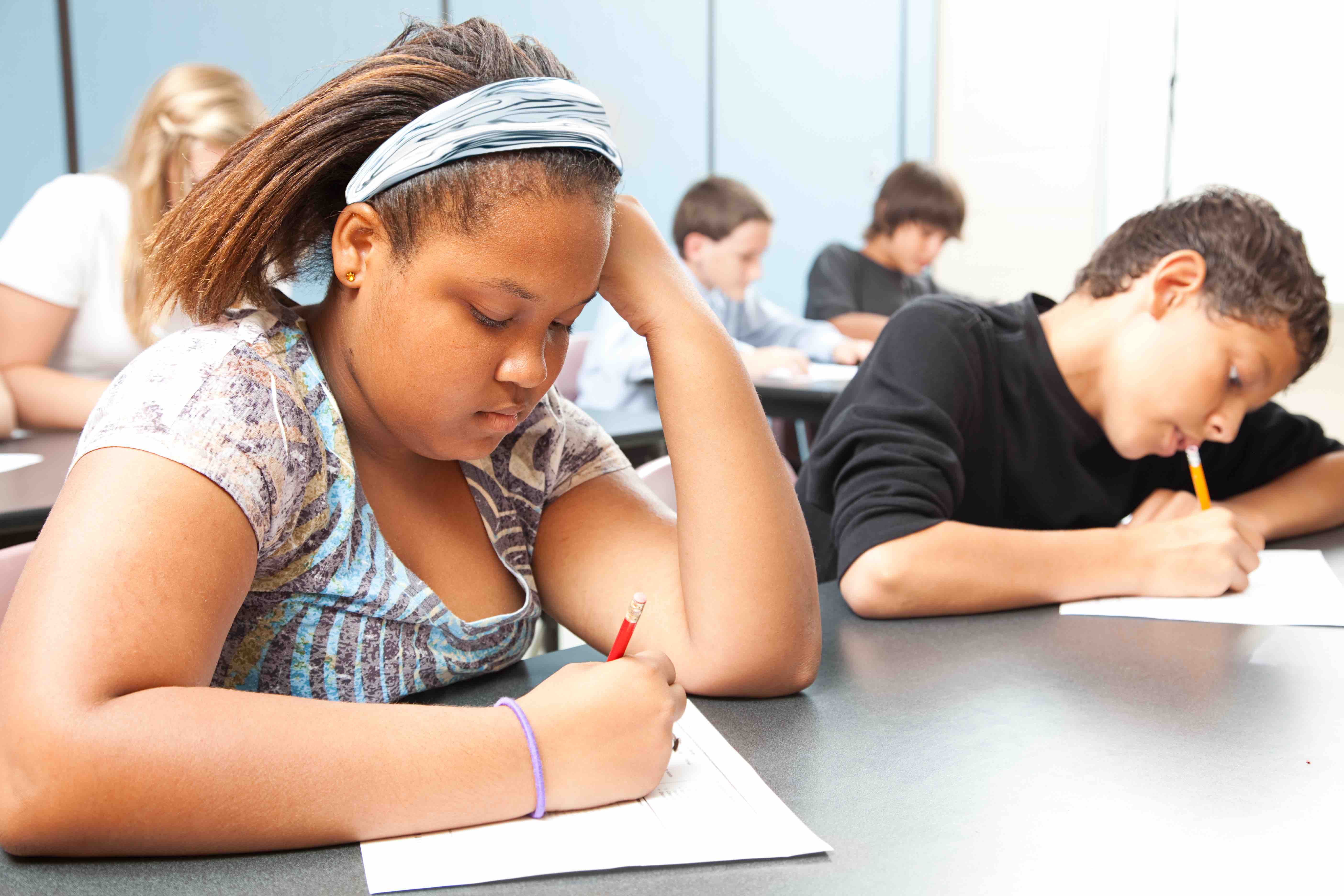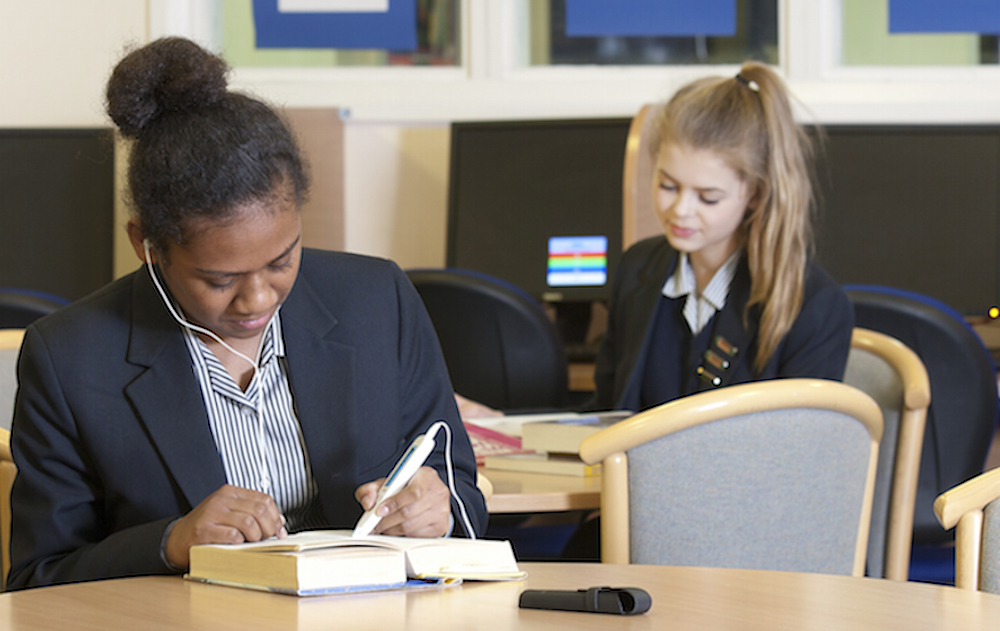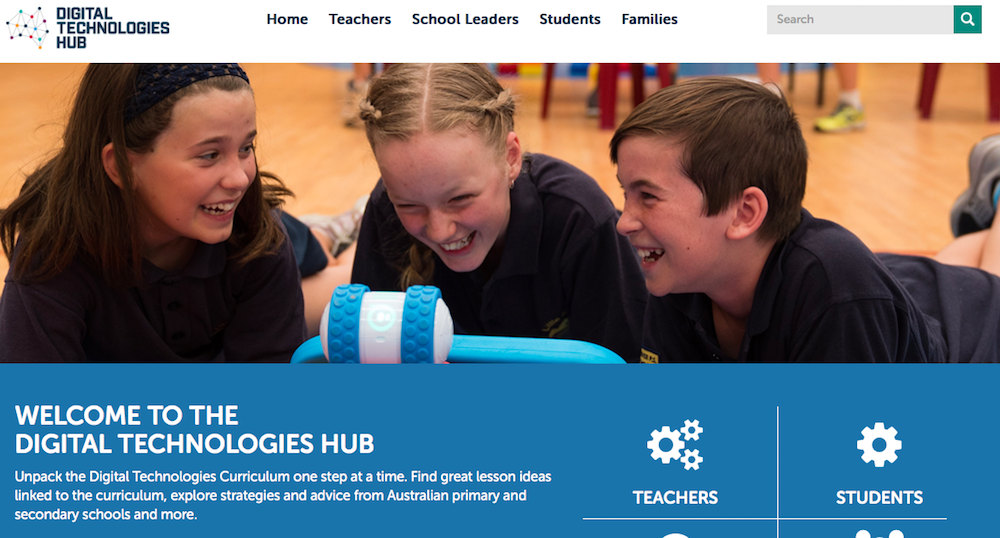Build a strong school community to prevent bullying
Is your school an inclusive community that empowers students to recognise bullying and to stand up for themselves and others?
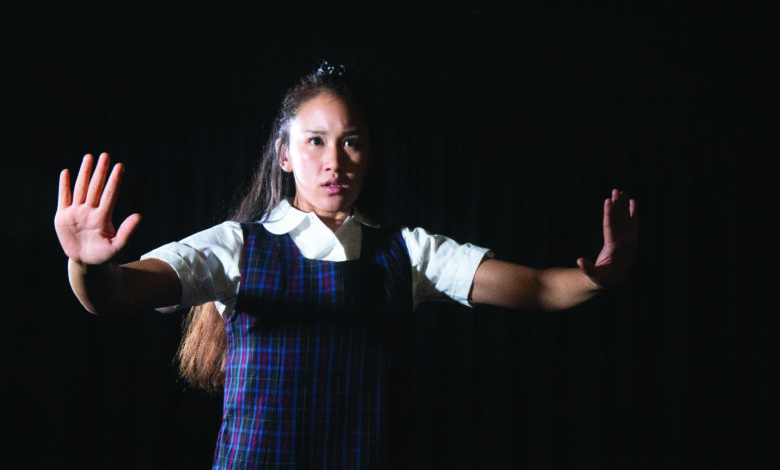
Bullying and cyberbullying are pervasive problems for schools and educators.
Punishing the perpetrators might seem like the best solution, but stopping bullying before it starts is far more effective. Fostering a sense of community where all students are valued, respected and encouraged is key to this; ongoing conversations around compassion, empathy and understanding are essential.
Read the latest print edition of School News HERE
And while these conversations should be taking place every day, and appropriate, inclusive behaviour always modelled, classroom teachers may need some extra help to curb bullying. Specialist organisations that deal specifically with bullying, cyberbullying and digital literacy can be engaged for incursions and workshops. These can be delivered to the whole school, different age levels or cohorts, or to male and female students separately. Engaging outside providers can help to create a safe space for students to honestly explore their feelings and reflect on their own behaviour.
Creating an inclusive community means empowering students to recognise bullying and to stand up for themselves and others. If your school has a student protection officer or similar, make sure students know who they are and how they can be contacted. Tools for anonymous reporting may make some students more comfortable in coming forward.
Alongside bullying prevention, there must be clear, identifiable consequences for bullying. Make sure students are aware of what constitutes unacceptable behaviour, consequences they might face, and how these will escalate if their behaviour is not rectified.
Free anti-bullying resources are available from federal, state, and local government websites. Visit the department of education website for your state or territory.
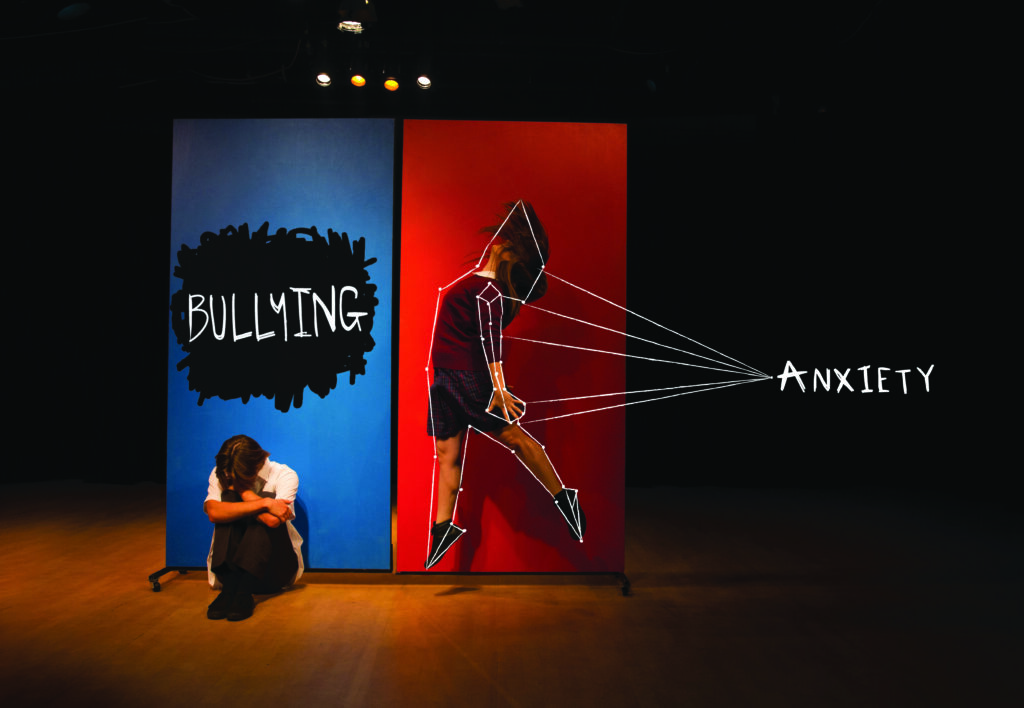
Dr Ameika Johnson, Clinical Psychologist at Brainstorm Productions said live performance can be a rich stimulus for conversations about bullying. “The audience has the opportunity to witness the journey of each character as they learn and grow, which opens up discussions around choices, consequences and how we can change our own story.
“Students also have the chance to observe the complex social dynamics that can lead to bullying, and view the issues from a range of perspectives. The stories in live productions can give schools a framework within which to explore the nuances of this complex issue, and provide concrete examples for teachers to work with in the classroom.
“A live performance can pull together abstract ideas and present them in a format that is simple and easy to digest. Theatre has the power to connect with students on an emotional level and challenge their perceptions, while allowing them to observe the story from a safe distance. Students can relate to the characters and their experiences, leaving the performance feeling more hopeful and less alone,” Dr Johnson said.
“Bullying prevention must be a collaborative effort, so ensure content of performances aligns with the curriculum and the work that other providers are doing in this space.
“Live theatre is a communal event, bringing the school or year group together for a shared experience that has the power to spark meaningful conversations in the classroom, in the playground and at home. When students are exposed to different shows over time it allows the conversations to continue throughout their schooling journey.”

